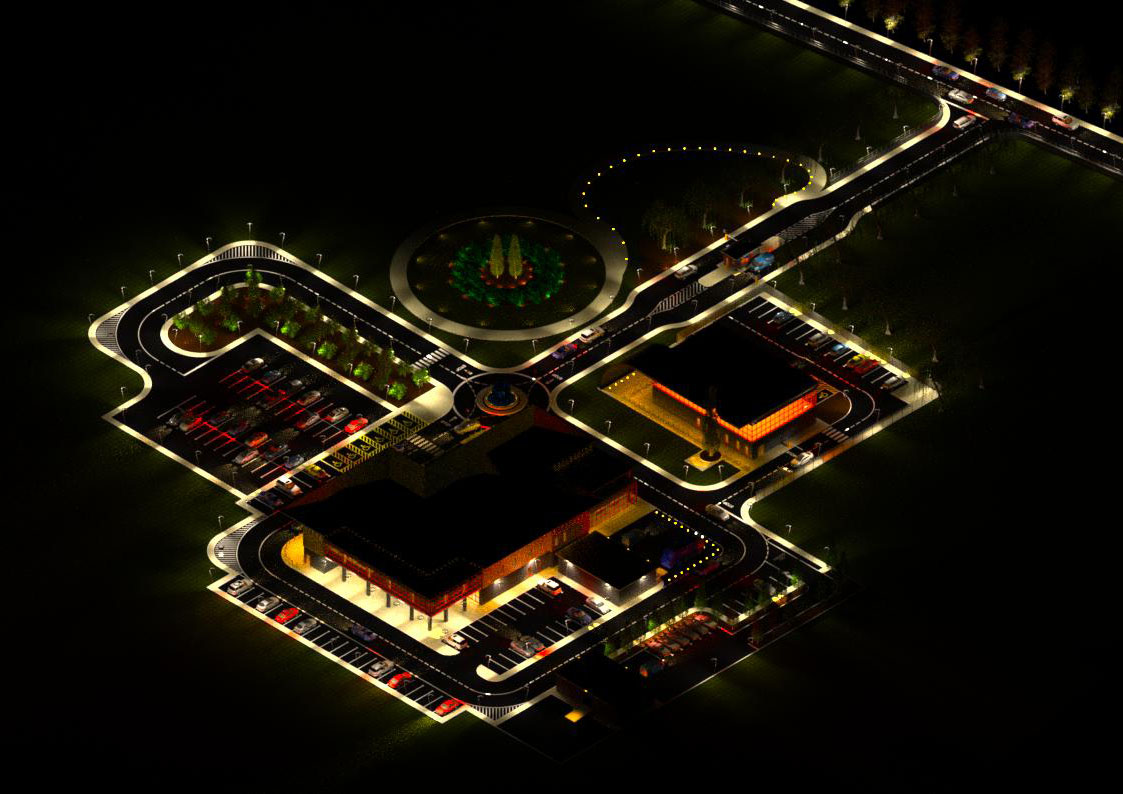Sustainable Design And Green Ambitions In Building

Sustainable Design and Green Ambitions in Building
Published
to Urban & Living
on Apr 19, 2024
More and more people are relocating so that they can work in the city centres, and it is anticipated that the numbers will continue to climb. On the flipside of that, is the fact that 1.6 billion people in the world lack even the most basic of facilities, including housing and sanitation more. Again, that figure is expected to increase significantly. It is estimated that I 2030, 3 billion people will not have the very basic of living standards to speak of.
The climate of planet Earth is influenced by the interactions of the sun, the oceans, atmosphere, clouds, ice, land, and life itself. Therefore, the climate varies by region as a result of differences in these interactions. The term climate refers to the general weather conditions of a place over many years, and it is measured by Earth orbiting satellites, remote meteorological stations, and ocean buoys which are used to monitor present day weather and climate.
The mechanics of the earth’s climate system are simple. When energy from the sun is reflected off the earth and back into space (mostly by clouds and ice), or when the earth’s atmosphere releases energy, the planet cools. When the earth absorbs the sun’s energy, or when atmospheric gases prevent heat released by the earth from radiating into space (the greenhouse effect), the planet warms. A variety of factors, both natural and human, can influence the earth’s climate system.

Going forward to 2050, part of the solution lies in replenishing nature’s resources. The built environment contributes around 40% of the UK’s total carbon footprint. Almost half of this is from energy used in buildings and infrastructure (e.g., roads and railways) that has nothing to do with their functional operation. Opinion varies over the built environment industry’s responsibility to address this energy ‘in use’. Despite erratic annual variations, the carbon footprint of the built environment has reduced since 1990. Insulation installation rates between 2008 and 2012 and decarbonisation of grid electricity both contributed to this downward trend.
The building materials and construction sector is confronted with two major challenges, which expose sector stakeholders along the construction value chain to climate change risks in two ways. On the one hand, the sector contributes to climate change through greenhouse gas (GHG) emissions and is then exposed to carbon taxes in the production of building materials as well as from power and heat supply in the use phase of buildings. Moreover, the sector must address infrastructure and sector decarbonization goals.
On the other hand, stakeholders are exposed to risks from the physical changes in the environment caused by climate change, like more extreme weather conditions on construction sites, water shortages, and other such deteriorating environmental conditions as temperature increase and flooding.
There are several areas for climate action the construction sector should care about.
Reducing carbon emissions and transition risks
Companies are responsible for reducing their carbon emissions to achieve net-zero emissions by 2050, and, thus, the goal of the Paris Agreement to reduce global warming to below 2 degrees Celsius. Hence, their responsibility should be to drive decarbonization along the entire value chain. Most notably action should be taken to influence:
• The lowering carbon intensity of building materials in the upstream production process of materials
• The implementation of climate-smart, low, and clean energy consumption in the use phase of real estate and infrastructure
• The design of more recyclable materials and closed material flows in the refurbishment and demolition phases (circularity of building materials)
Building resilience against the environmental consequences of climate change
Physical risks like extreme weather events and floods may unfold in the mid-term future and require the forward-looking analysis of physical risks. Preparatory measures against the negative effects of these events during the use phase of buildings and infrastructure are required. The expansion of buildings and infrastructure will also influence the natural environment’s resilience to negative climate change impacts on the environment due to increases in precipitation and the ability to sequester carbon in the natural environment. This will include activities aimed at:
• Increasing the durability of materials against extreme weather conditions
• Overhauling heating/cooling and insulation concepts
• Revising water management towards more climate smart water management systems during the construction and use phases of buildings
• Lowering the potential negative effects of the construction sector on the environment from soil sealing (change in water flows from heavy rain) or land use change (carbon sequestration)
Conclusion
The construction sector will be called upon to take action to manage climate change challenges actively and take responsibility for its direct or induced carbon emissions. It will also need to prepare for a changing environment and build resilience against the negative impacts of climate change.
The Forest Stewardship Council Chain of Certification.pdf
Green Construction A Growing Global Trend.pdf

Tags: #greenbuilding #architecture #sustainability #ecofriendly #design #sustainabledesign #sustainable #sustainablearchitecture #greenarchitecture #sustainablebuilding #leed #passivehouse #green #greenenergy #interiordesign #construction #climatechange #buildi, #netzero #greenbuildings #tinyhouse #realestate #edilizia #sustainabilitydevelopmentgoals #greenrating #naturalbuilding #passivhaus #energyefficiency #sustainabilitythatcounts #environmentalsustainability #ecofriendlyhomes #savetheplanet #greenhome #perma

